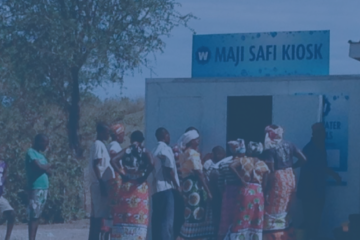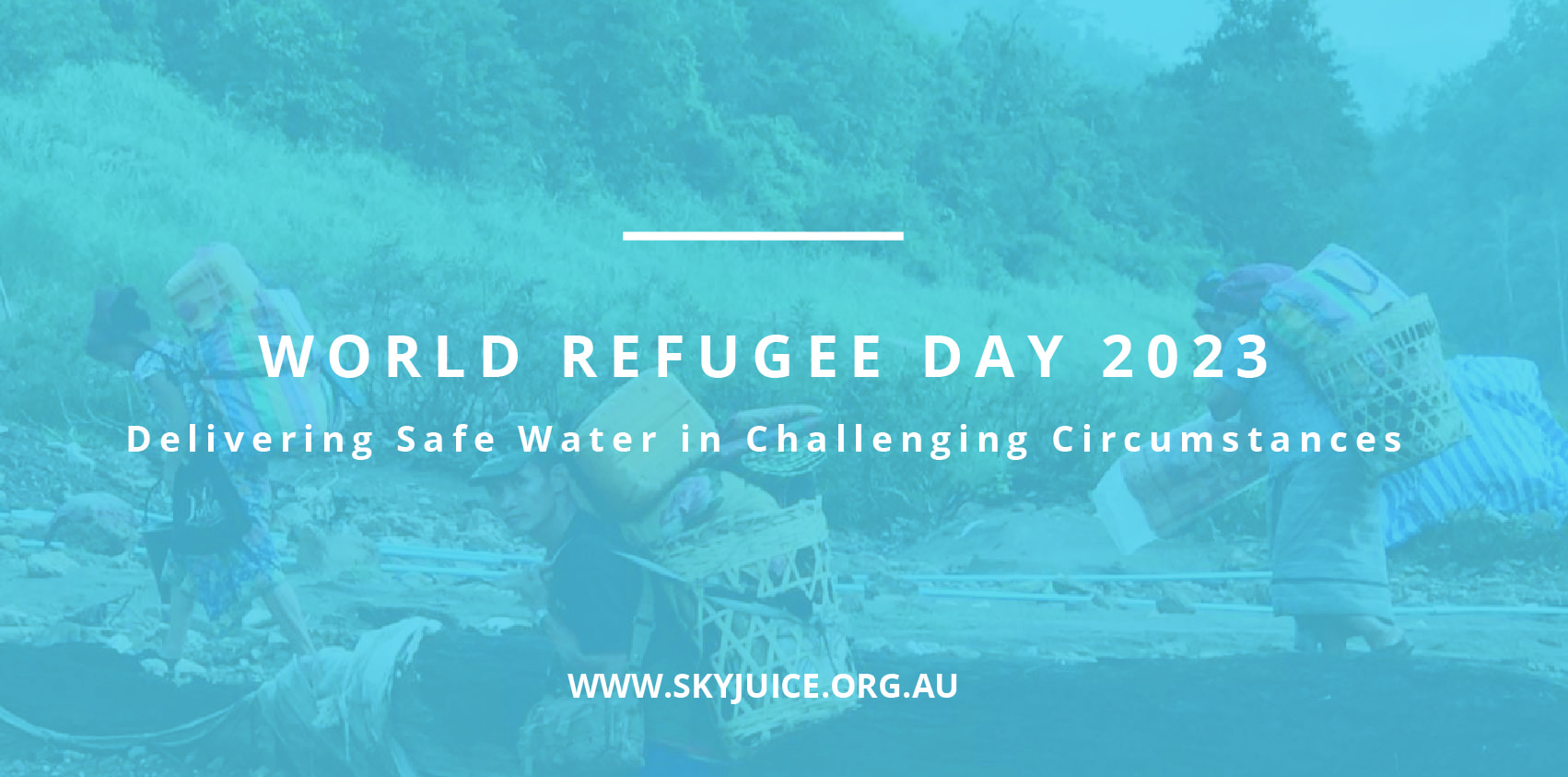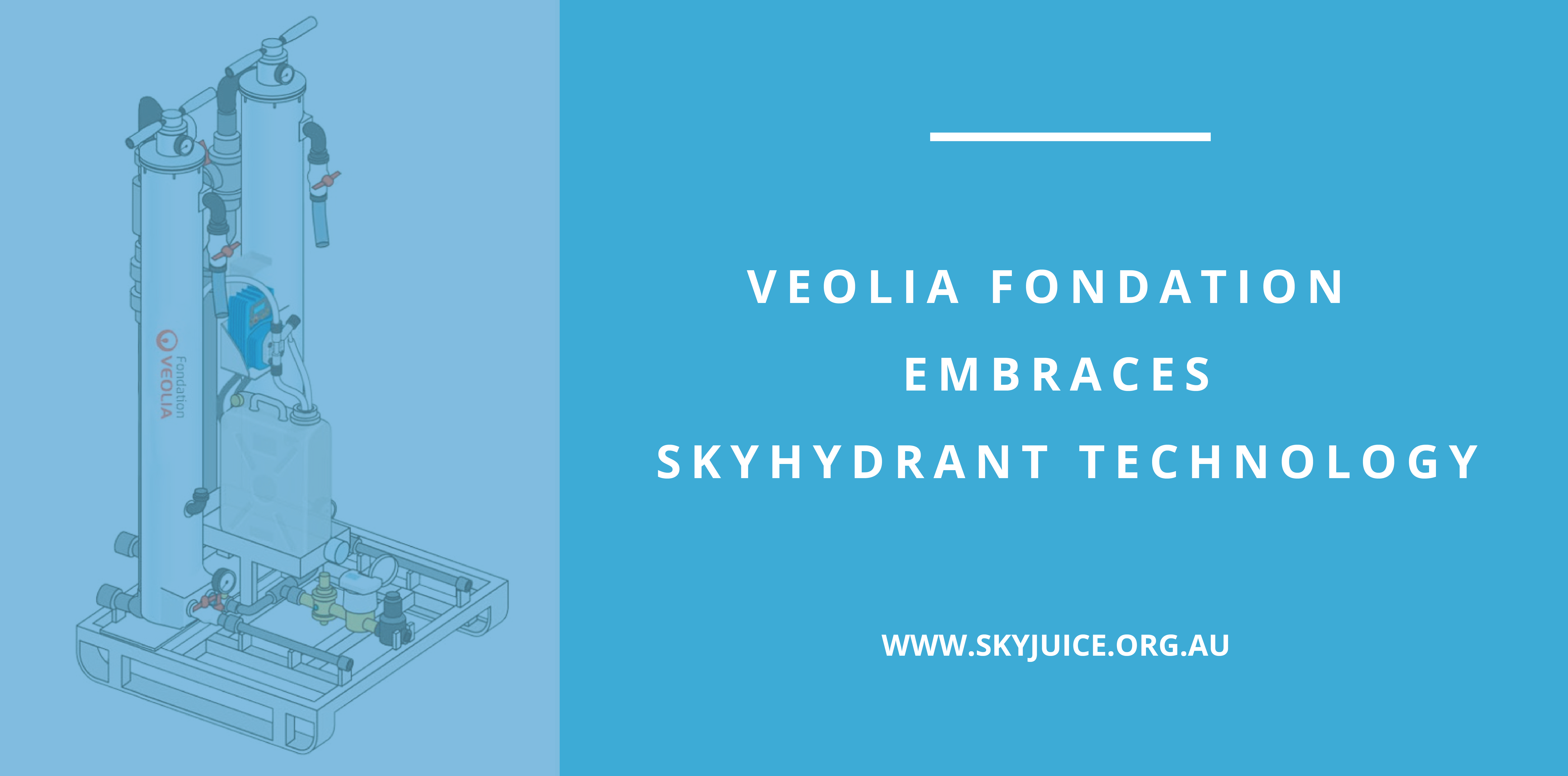By Dr David Garman
Have you read the IPCC report or anything about it other than the press coverage? It has a stunning cover by the way. It is more than just water. It shows the links between water, ecosystems, climate change and human health in great detail.
The IPCC has finalized the second part of the Sixth Assessment Report, Climate Change 2022: Impacts, Adaptation and Vulnerability, the Working Group II contribution to the Sixth Assessment Report. It was finalized on 27 February 2022 during the 12th Session of Working Group II and 55th Session of the IPCC.
The 3675-page report has a technical summary of 96 pages, and a summary for policymakers – just 37 pages. There are a number of big takeaways from this document some of which have been highlighted in the media. (I confess I haven’t read all of the report!) The aim of this brief discussion is to highlight a number of issues that will impact water supply to poor and remote communities in which there are stressors that will exacerbate their economic, cultural and environmental wellbeing. I recommend the World Resources Institute’s very short overview if you want to get to grips with the issues.
So, the document is focused on risk and confidence with an expansion of the risk factors considered in previous reports. From this, the authors assess that the number of people who will be impacted is 3.3 to 3.6 billion. A staggering number by anyone’s standards. An additional 400,000 children will die from water-borne diseases. I have quoted verbatim below from some sections of the report that deal with water quality and water supply.
“Climate change has caused substantial damages, and increasingly irreversible losses, in terrestrial, freshwater and coastal and open ocean marine ecosystems (high confidence). The extent and magnitude of climate change impacts are larger than estimated in previous assessments (high confidence). Widespread deterioration of ecosystem structure and function, resilience and natural adaptive capacity, as well as shifts in seasonal timing, have occurred due to climate change (high confidence), with adverse socioeconomic consequences (high confidence).”
In other words, we are further down the irreversible change path than the experts had previously assessed. Climate change has already had diverse adverse impacts on human systems, including on water security and food production, health and well-being, and cities, settlements and infrastructure. Water scarcity considers, for example, water availability in general, groundwater, water quality, demand for water, drought in cities.
“Climate change has adversely affected physical health of people globally (very high confidence)
and mental health of people in the assessed regions (very high confidence). Climate change impacts on health are mediated through natural and human systems, including economic and social conditions and disruptions (high confidence). In all regions, extreme heat events have resulted in human mortality and morbidity (very high confidence). The occurrence of climate-related food-borne and water-borne diseases has increased (very high confidence). The incidence of vector-borne diseases has increased from range expansion and/or increased reproduction of disease vectors (high confidence). Animal and human diseases, including zoonoses, are emerging in new areas (high confidence). Water and food-borne disease risks have increased regionally from climate-sensitive aquatic pathogens, including Vibrio spp. (high confidence), and from toxic substances from harmful freshwater cyanobacteria (medium confidence). Although diarrheal diseases have decreased globally, higher temperatures, increased rain and flooding have increased the occurrence of diarrheal diseases, including cholera (very high confidence) and other gastrointestinal infections (high confidence).”
What I haven’t seen from the media coverage is the dual emphasis of mitigating carbon emissions immediately to prevent further increases – which it is possible to do, and of prioritising the supply of available technical solutions as assistance to the communities most at risk, particularly for water supplies among other primary needs.
There is discussion in the document of the need for technology to solve the immediate adverse impacts. The recent flooding in Australia has emphasised the risks associated with mosquito-borne diseases, water supply and sanitation as well as re-assessment of flood security and planning. We have the tools for the amelioration of much of this but they need urgent implementation.
The strategies of reduction and amelioration are not separate actions. Both must be followed in parallel. Reducing carbon emissions immediately will help to reduce further adverse effects of the increased temperature changes that will lead to floods, droughts, wildfires and major changes in rainfall patterns. Nevertheless, it will not stop them and will not undo much of the damage that has occurred. It reminds me of the allegory that earth is like an airplane flying in which cracks, welds or rivets are slowly breaking. Our ecosystems are systems that join the fabric of the earth together. The question is how many of these can it sustain before it falls out of the sky?
So just one small thing that could make a difference is undertaking life-saving measures like supplying safe water to families using the technology solutions that are already available. The supply of membrane-based water treatment systems for drinking water supplied by SkyJuice Foundation is one of the low-cost easy solutions that should be accelerated and made more widely available.
There are other technologies that are being developed but there is no time to wait – remember it took over 30 years for membranes to move from labs and industrial applications to the consumer market. Any new technology is likely to be just as long in maturing.
So read the report and be shocked into doing something – helping the foundation would be a good start.



0 Comments